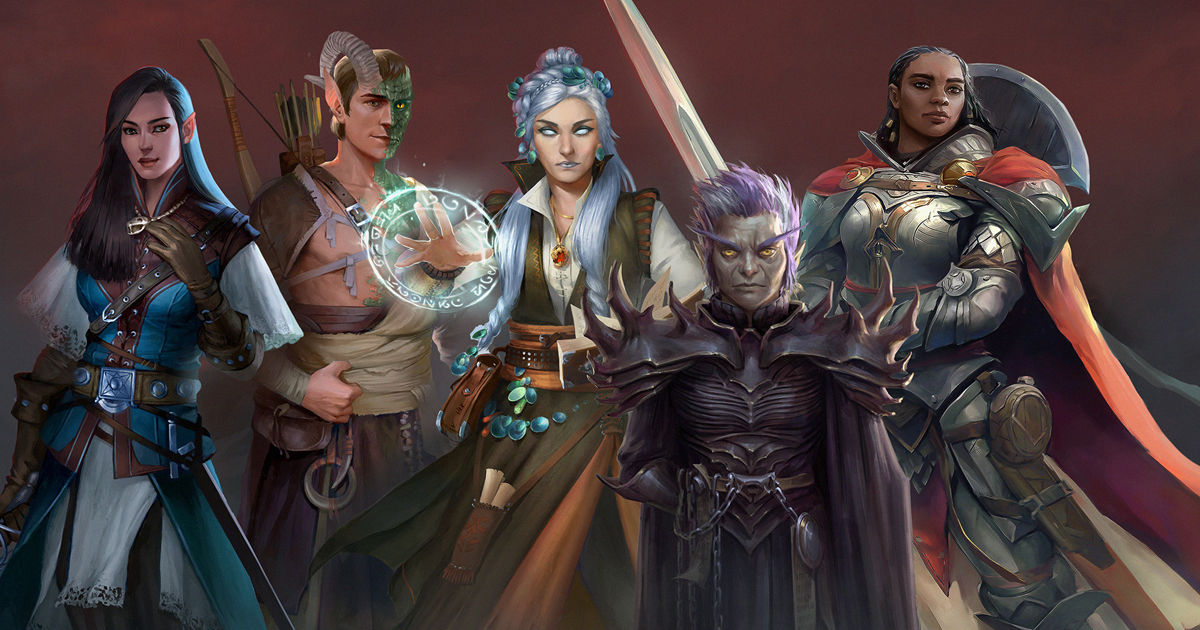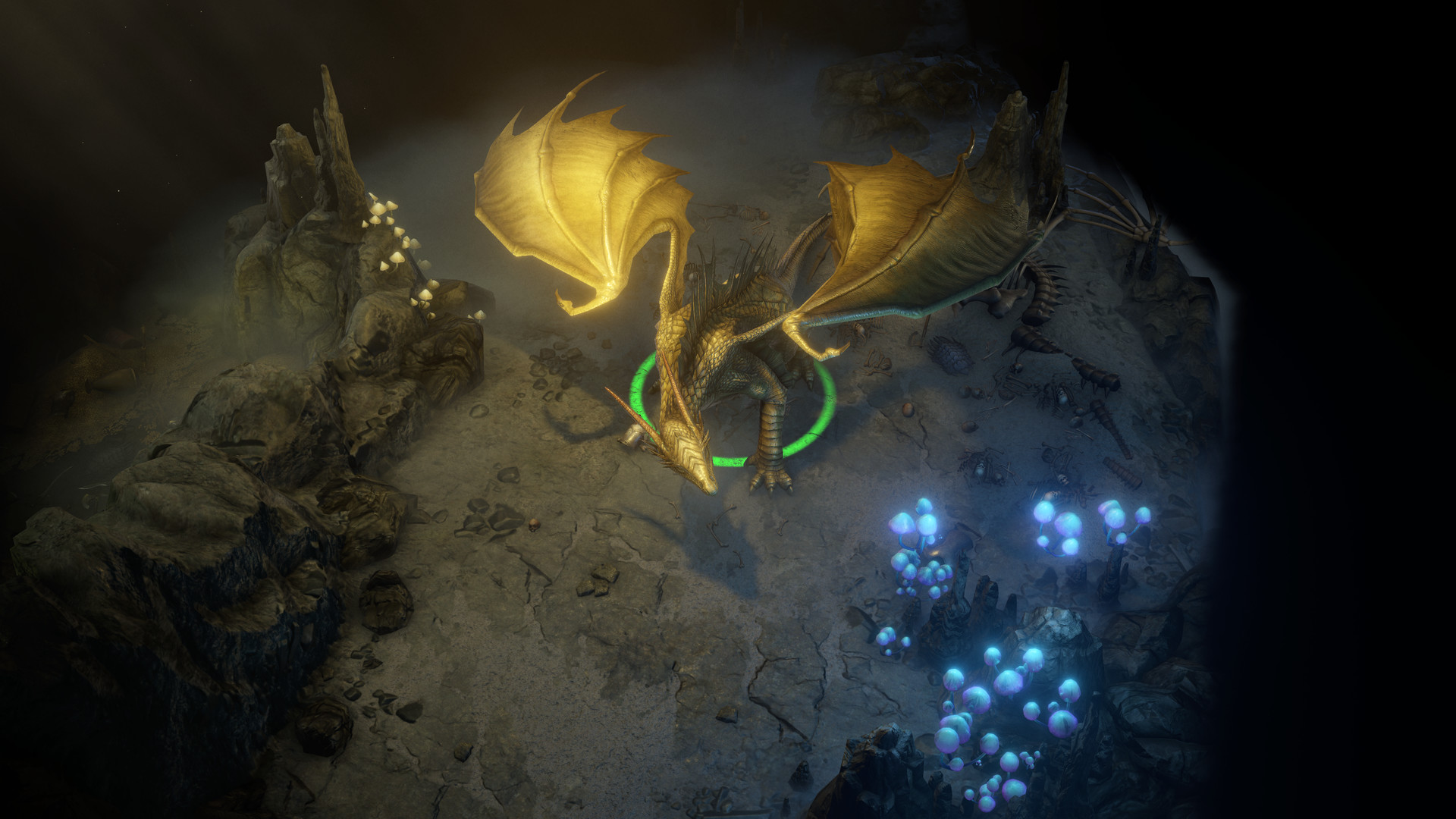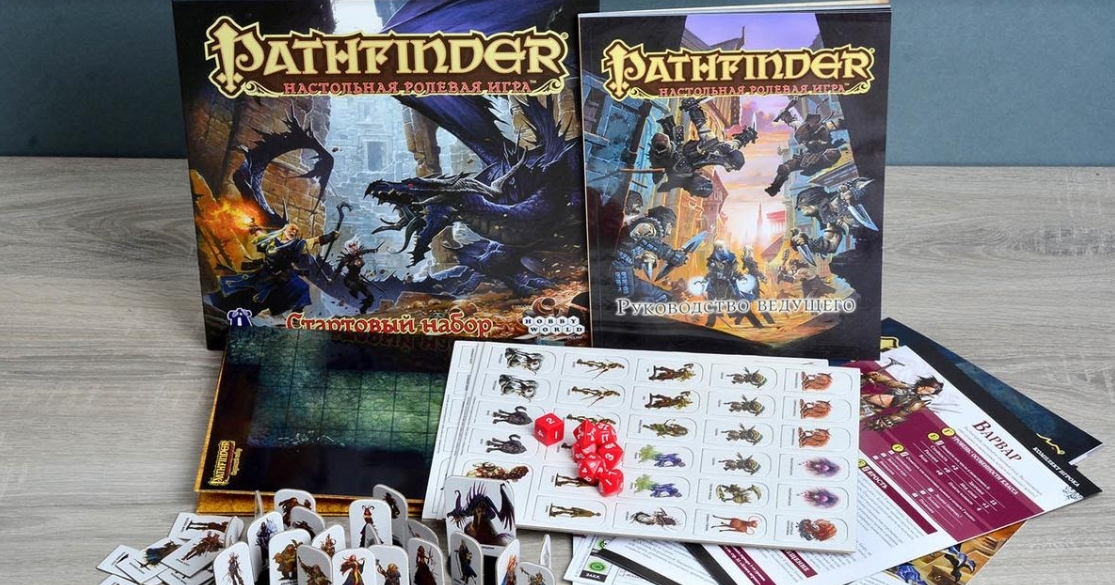What the game designer is responsible for using the example of the development of Pathfinder: Wrath of the Righteous
Yulia Chernenko, a leading game designer at Owlcat Games, spoke about her work on Pathfinder: Wrath of the Righteous. The list of topics covered includes the main tasks of a game designer, communication with other departments, as well as the pros and cons of working with someone else’s role—playing system.
The material is an edited version of Yulia’s lecture at the Game Design Festival organized within the framework of the HSE educational programs “Game Project Management” and “Fundamentals of Game Creation“.
Yulia Chernenko
What exactly does a game designer do?
1. Invents, describes and coordinates features or game mechanics
In the case of Pathfinder: Wrath of the Righteous, it was about working on new classes, describing their functioning, as well as preparing new archetypes. Also, the game designer on the project was responsible for working out the mechanical progression of mythical paths and the loot system.
2. Sets tasks for implementation
The feature needs not only to be thought up, agreed upon, but also implemented. This means that game designers set tasks for different departments — for example, for programmers and UI designers.
3. Controls the implementation
The game designer is fully responsible for the implementation of any game design feature.
4. Directly implements the feature in Unity
In some companies, game designers are mainly engaged in writing GDDS (design documents) and monitoring the implementation of features. In Owlcat Games, they really like game designers to work with their hands, that is, in Unity.
All loot and mobs that you meet in our games are collected by game designers. Sometimes you even have to write your own scripts.
We are satisfied with such a system, because we would like the people responsible for the content not to move away from its implementation. This helps to set the TOR more correctly and better understand the nuances of your work. It is useful for game designers to see and understand what kind of Frankenstein they have created.
How does a game designer differ from other designers?
At Pathfinder, the narrative designer was responsible for the story, ent, and plot. However, in our case, ENT has already been partially prescribed. Since we have a large dialog system, the narrator was also engaged in writing quests and assembling their text part in Unity.
In our case, the level designer is engaged in “gray-boxing”, creating a topology of maps – that is, working with the zones through which the player will move. He also communicates a lot with the artists around him so that they can beautifully decorate these locations. Our level designers are less directly involved in the design, but often they can say: “There should be a fireplace here, and a table here.” The artists then arrange it all beautifully.
Also, level designers often assemble the rest of the quest, because the text is only part of it. For example, you talked to someone, you fought a battle. It is being assembled by a level designer.
In addition, together with the game designer, the level designer often collects encounters. Simple collisions level designers can assemble themselves. If you need to prepare more complex episodes related to history, then a narrative specialist is also involved.
Level designers also design game mechanics related to zones, such as traps.
How does the interaction of game designers with other departments work?
Often, soft skills can be more important than hard skills, provided that you are ready to learn the latter. Of course, you can’t get far on soft skills alone.
When you work in a team, you think rather not about your skills, but about a certain set of skills of your team members. Very cool specialists can work on the project, who can implement everything, but at the same time their soft skills are sagging. And vice versa — people are ready to communicate and organize the process, but they do not have enough hard skills.
When working in a team, you balance your party like in an RPG.
While working, game designers communicate:
- with each other (they often send invented features for internal discussion);
- with level designers (loot order, encounter assembly);
- with narrative designers (including through level designers). During the development of Pathfinder, we worked closely with them when we came up with myths;
- with programmers (what can and cannot be implemented on the engine, the need to simplify some element, etc.);
- with QA (mostly testers ask game designers why some element is so poorly or well assembled);
- with artists (animation, art order, monster selection);
- with localization to reduce the number of problems and errors. Our game designers write all the mechanics in English, after which it is translated into all other languages, and narrative designers – on the contrary;
- with management (coordination or cutting of individual features);
- with UI — usually you have designed some feature, send it to other departments for review, including UI/UX, they come, ask questions, then discuss it together.
In order to do something correctly, you need to understand well the specifics of the work of other departments and realize what difficulties they may face.
What was the key specifics of the work of game designers on the Pathfinder series?
Both Kingmaker and Wrath of the Righteous are based on the Pathfinder board game. This has greatly affected our internal processes.
Advantages of this approach:
- there was no need to waste time and resources on creating and balancing the bark;
- this is a time—tested system – many edits have been made for a long time, for example, the balance and refinement of individual classes;
- the game already has its own audience — when you create a game from scratch, there is a chance not to find your audience.
Disadvantages of this approach:
- game designers should be well versed in this system (several experts are needed to ask questions);
- you can’t just change the core mechanics (change how the attack or damage is calculated). The reasons are obvious: you are not sure that you have done something good and balanced. In addition, fans and the audience may not understand such nonsense at all;
- when creating something new, you have to focus heavily on the desktop (for example, mythical classes). This does not mean that everything needs to be completely copied — for example, we took liberties with myths, since this is not a core mechanics;
- there are additional difficulties from transferring the board to a computer game (for example, the number of attacks from monsters).
On the part of Paizo, there was more involvement when working specifically on Pathfinder: Kingmaker. It was the first CRPG project based on her system and the debut game of our studio. During the development of Wrath of the Righteous, there was more self-censorship to match the desktop.
One of our main postulates: if we can transfer some mechanics from a board game to a computer game without changes, we do so. If this cannot be done, you have to change it a little so that it is as close as possible to the original source.
***
Owlcat Games will also perform at the Moscow Talents in Games Conference’21. Within the framework of the round table, representatives of the studio will discuss the situation in the market of console and PC games development




